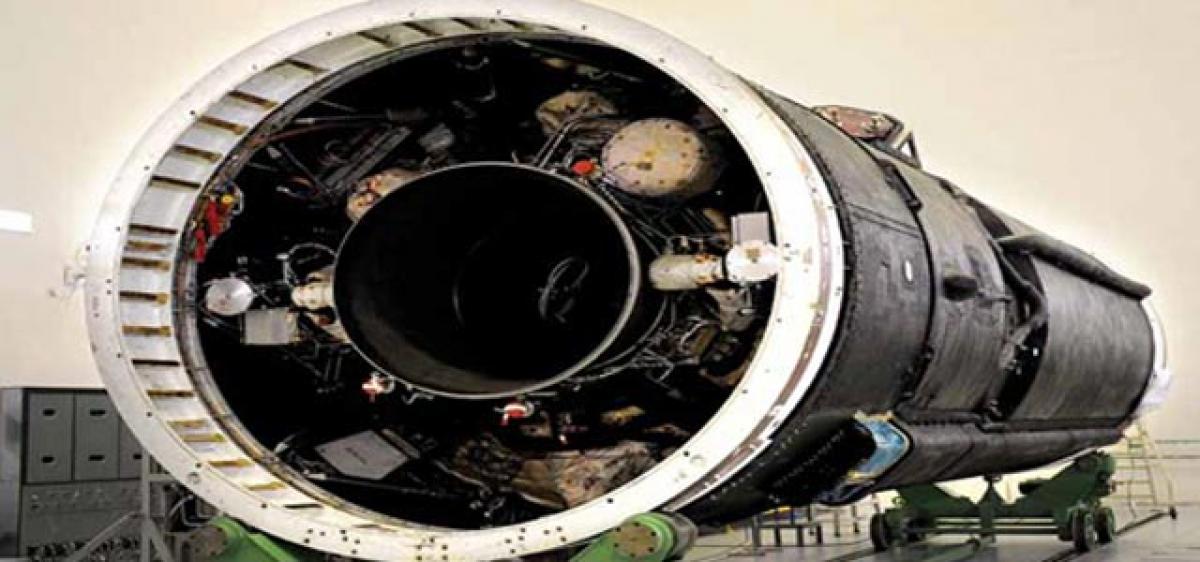Cryogenic engine

ISRO has successfully tested its indigenously developed cryogenic engine in a major step forward for its landmark \'GSLV Mk III\' rocket, scheduled for launch within the first quarter this year.
ISRO has successfully tested its indigenously developed cryogenic engine in a major step forward for its landmark 'GSLV Mk III' rocket, scheduled for launch within the first quarter this year. Cryogenic engines are used in the upper stage of a rocket launch as they provide the maximum thrust to a launcher vehicle.
The cryogenic upper stage, designated as C25, was tested on January 25 for 50 seconds at ISRO Propulsion Complex (IPRC) at Mahendragiri in Tamil Nadu, demonstrating all the stage operations, the space agency said. The performance of the stage during the test was as predicted, it said, adding that this was the first test in a series of two tests. The next one was planned for a flight duration of 640 seconds.
Cryogenics is the branch of physics dealing with the production and effects of very low temperatures. It is not well-defined at what point on the temperature scale refrigeration ends and cryogenics begins, but scientists assume a gas to be cryogenic if it can be liquefied at or below −150 °C (123 K; −238 °F).
A cryogenic rocket engine is a rocket en gine that uses a cryogenic fuel or oxidizer, that is, its fuel or oxidizer (or both) are gases liquefied and stored at very low temperatures. Notably, these engines were one of the main factors of NASA's success in reaching the Moon by the Saturn V rocket. A Cryogenic rocket stage is more efficient and provides more thrust for every kilogram of propellant it burns compared to solid and earth-storable liquid propellant rocket stages.
Oxygen liquifies at -183 deg C and Hydrogen at -253 deg C. The propellants, at these low temperatures are to be pumped using turbo pumps running at around 40,000 rpm. It also entails complex ground support systems, transportation and handling of cryo fluids and related safety aspects.
ISRO's Cryogenic Upper Stage Project (CUSP) envisaged the design and development of the indigenous Cryogenic Upper Stage to replace the stage procured from Russia and used in GSLV flights. The main engine and two smaller steering engines of CUS together develop a nominal thrust of 73.55 kN in vacuum. During the flight, CUS fires for a nominal duration of 720 seconds.








